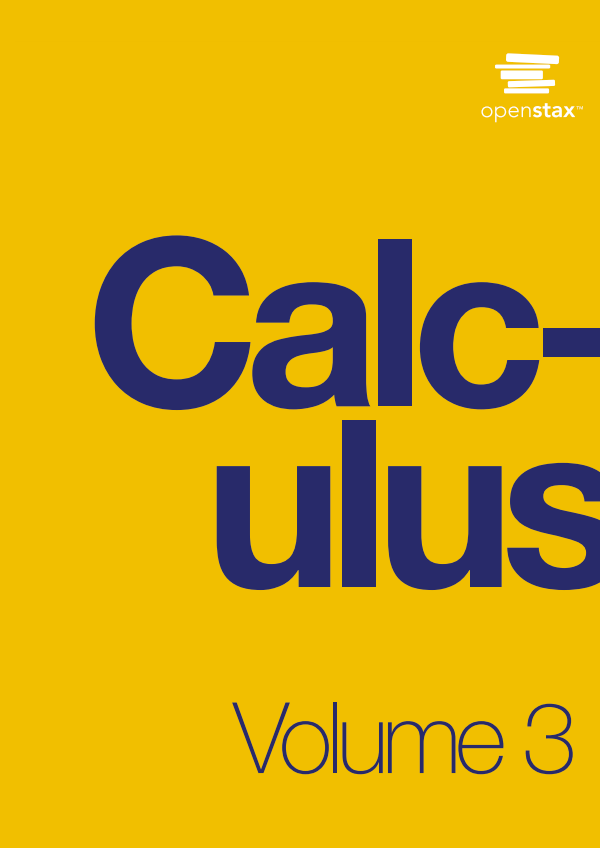Calculus is designed for the typical two- or three-semester general calculus course, incorporating innovative features to enhance student learning. The book guides students through the core concepts of calculus and helps them understand how those concepts apply to their lives and the world around them. Due to the comprehensive nature of the material, we are offering the book in three volumes for flexibility and efficiency. Volume 3 covers parametric equations and polar coordinates, vectors, functions of several variables, multiple integration, and second-order differential equations.
Please note that this title is published under a CC BY-NC-SA 4.0 license, which means that you are free to use and adapt, but not for commercial purposes. Changes you make need to be shared using this license.
Introduction
The chambered nautilus is a fascinating creature. This animal feeds on hermit crabs, fish, and other crustaceans. It has a hard outer shell with many chambers connected in a spiral fashion, and it can retract into its shell to avoid predators. When part of the shell is cut away, a perfect spiral is revealed, with chambers inside that are somewhat similar to growth rings in a tree.
The mathematical function that describes a spiral can be expressed using rectangular (or Cartesian) coordinates. However, if we change our coordinate system to something that works a bit better with circular patterns, the function becomes much simpler to describe. The polar coordinate system is well suited for describing curves of this type. How can we use this coordinate system to describe spirals and other radial figures?
In this chapter we also study parametric equations, which give us a convenient way to describe curves, or to study the position of a particle or object in two dimensions as a function of time. We will use parametric equations and polar coordinates for describing many topics later in this text.
In this section we examine parametric equations and their graphs. In the two-dimensional coordinate system, parametric equations are useful for describing curves that are not necessarily functions. The parameter is an independent variable that both x and y depend on, and as the parameter increases, the values of x and y trace out a path along a plane curve. For example, if the parameter is t (a common choice), then t might represent time. Then x and y are defined as functions of time, and (x(t),y(t)) can describe the position in the plane of a given object as it moves along a curved path.
Parametric Equations and Their Graphs
Consider the orbit of Earth around the Sun. Our year lasts approximately 365.25 days, but for this discussion, we will use 365 days. On January 1 of each year, the physical location of Earth with respect to the Sun is nearly the same, except for leap years, when the lag introduced by the extra 1 4 days of orbiting time is built into the calendar. We call January 1 “day 1” of the year. Then, for example, day 31 is January 31, day 59 is February 28, and so on.
The number of day in a year can be considered a variable that determines Earth’s position in its orbit. As Earth revolves around the Sun, its physical location changes relative to the Sun. After one full year, we are back where we started, and a new year begins. According to Kepler’s laws of planetary motion, the shape of the orbit is elliptical, with the Sun at one focus of the ellipse. We study this idea in more detail in Conic Sections.











